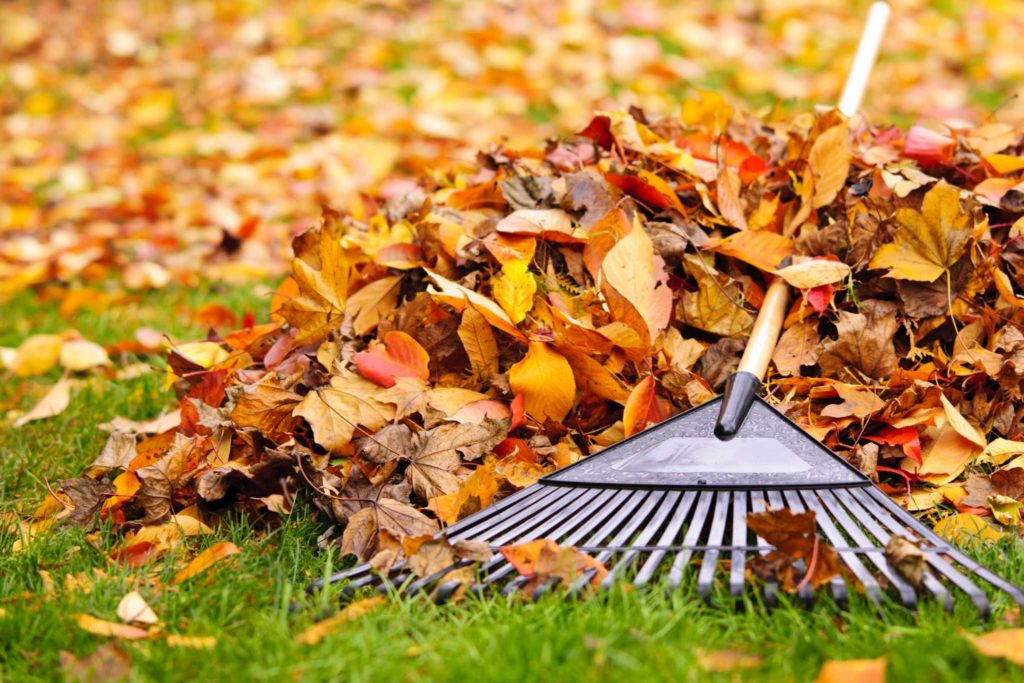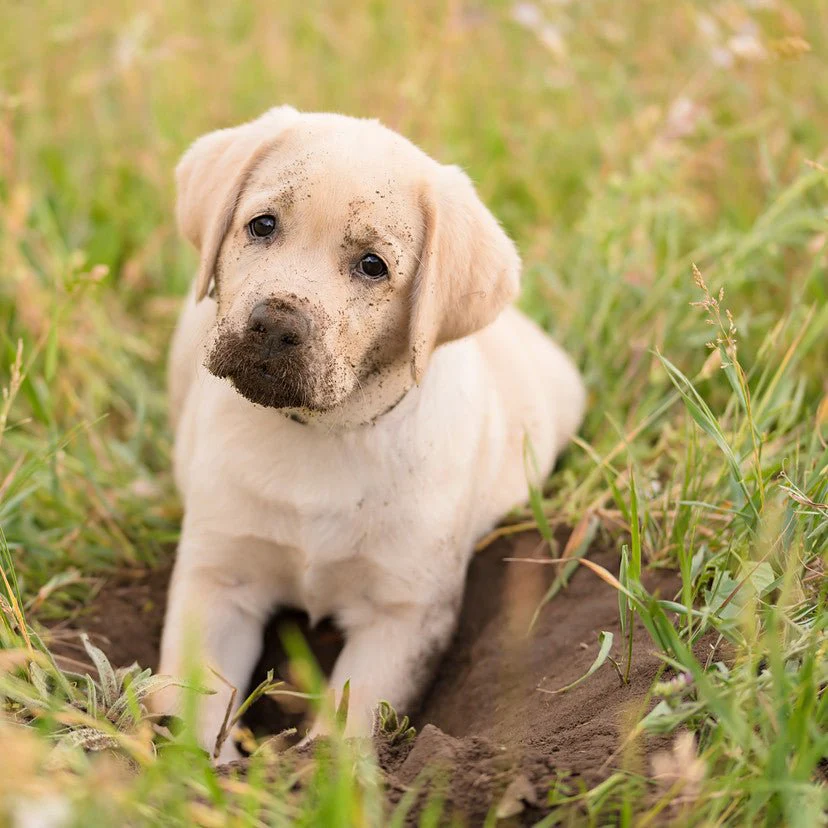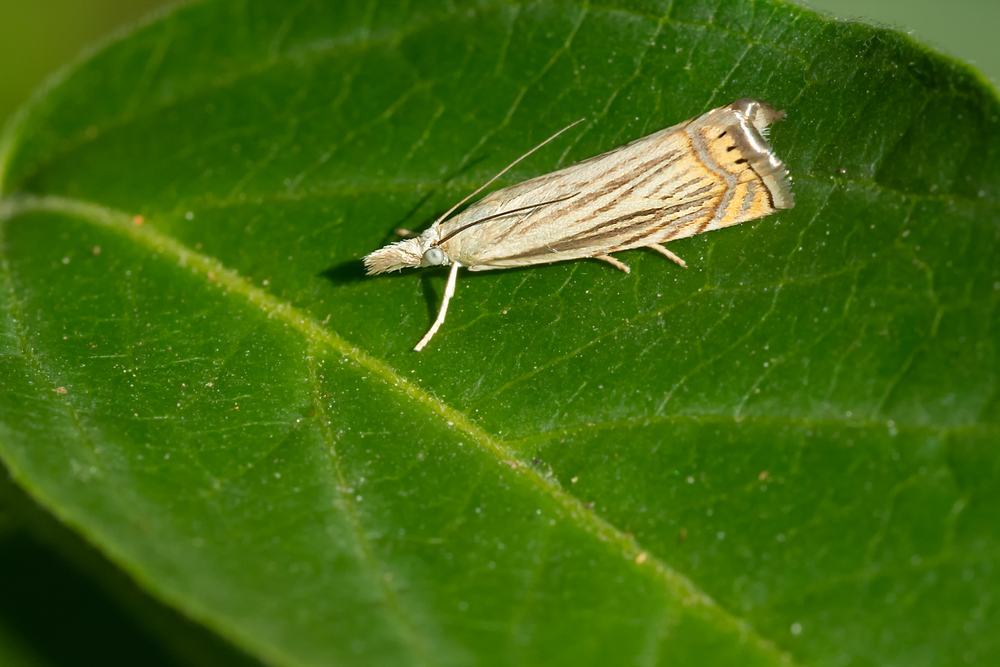It’s finally cooling down enough here in the South that we can officially say that it is the fall season. But before you pat yourself on the back for another excellent lawn season, there are a few things you can do that will make a significant difference come spring.
Keep Watering
Whether you have a cool-season or a warm-season lawn, keep watering! Ideally, your yard should get 1/2 to 3/4 an inch of water every 2 to 3 days. Supplement with additional watering if your grass is showing signs of heat stress. Watering is essential if your lawn is going into dormancy from the late summer heat. It’s never a good idea to allow warm-season grasses to go into dormancy in the summer or fall. Since these are the peak growing seasons for zoysia and bermuda grasses, you want to ensure that the grass is in good condition and has every opportunity to grow and build energy storage up.
Apply Fertilizer
Speaking of creating energy storage for the cooler season, now is a great time to fertilize! It doesn’t matter whether you have a warm-season lawn or a cool-season one. For warm-season lawns, late summer or early fall application is usually the last fertilizer application for the year. Cool-season grasses can tolerate another fertilizing in the late fall. This will help them bulk up for the cold weather and set them up for a successful growing season once spring rolls around. Slow-release formulations, especially, are an excellent idea for warm-season grasses at the end of the season. Milorganite can feed your lawn for up to 10 weeks. The balance of iron and nitrogen helps promote steady growth during the growing season.
Don’t Let Leaves Pile Up
Have you ever felt the temptation to let fallen leaves break down on your lawn naturally? Nobody wants to rake them all up, bag them, and throw them away. Plus, it’s basically free mulch, right? While the idea is tempting, if you’ve ever let leaves sit on your grass too long, then you know what kind of damage it can do. A thick carpet of leaves can prevent your lawn from getting sunlight and lead to compaction as the leaf layer gets wet and breaks down. Given enough time, this can cause thinning or bare patches to form in your grass. Don’t let the idea of throwing all those leaves out get you down! Even if it’s not good to let them stay sitting on your grass, you can get some use out of the fallen leaves. A three-bin system, a composter, or a leaf shredder are all simple ways to upcycle this year’s leaves into mulch or compost for the coming years.





